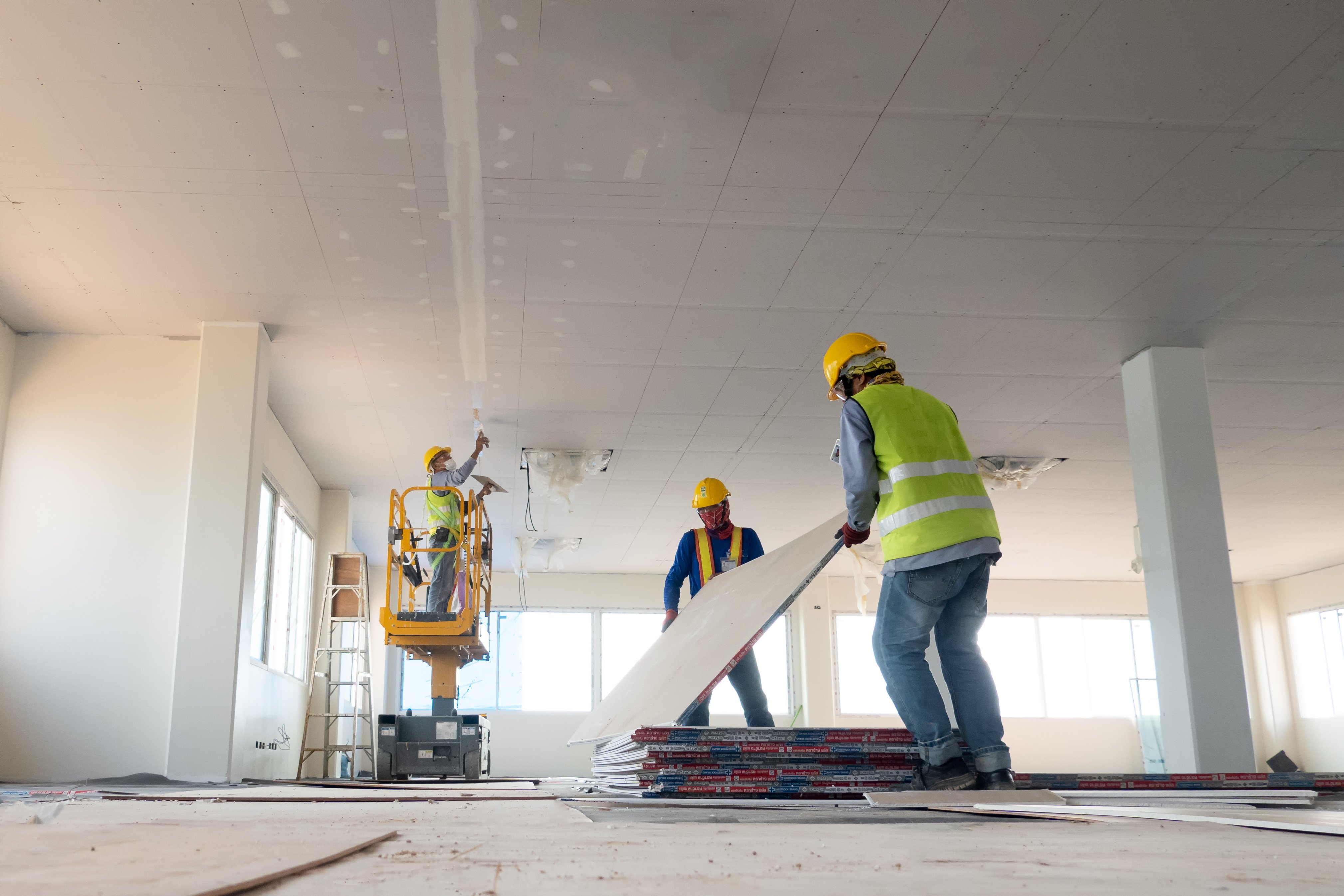KEY POINTS
-
The US economy benefits from its diverse trillion-dollar industries, which provide resilience and offset losses in one sector with gains in others.
-
Concerns about future economic growth focus on slowing population growth and reliance on artificial intelligence and data centers as primary drivers.
-
Construction opportunities are narrowing, with industrial spending thriving on chip fabrication and megaprojects, while other sectors like offices and warehouses show signs of slowing.
The US Economic Advantage
In early October, the ConstructConnect Economics Team traveled to Philadelphia, PA, for the annual conference of the National Association of Business Economists (NABE). Traditionally, US conferences like this focus on a wide range of industries.
This approach is sensible given that the top ten largest industries in the US each generate more than $1 trillion in economic activity.
Only a few other nations in the world have even a single trillion-dollar industry as part of their economy. This gives America a tremendous advantage in its economic robustness and consistent economic growth performance. In short, when one part of the US falters, those losses can be offset by gains in other segments.
Smaller economies, in contrast, are often tightly linked to just one or a few dominant industries for their nation’s growth. This makes them more vulnerable to boom-and-bust patterns.
 Year-to-date (YTD) activity across nearly all major verticals has slowed. Image: ConstructConnect Construction Economy Snapshot
Year-to-date (YTD) activity across nearly all major verticals has slowed. Image: ConstructConnect Construction Economy Snapshot
Concerns About Economic Growth
During this year’s conference, concerns were raised about America’s future economic growth, especially in light of slowing population growth. Much of the optimism was pinned on hoped-for gains in artificial intelligence and data centers.
However, recent construction starts data are signaling early indicators of a thinning of America’s sources of economic growth. Year-to-date (YTD) activity across nearly all major verticals has slowed.
Only industrial spending remains robust, with starts spending 51 percent higher through September. This growth is heavily dependent on chip fabrication and megaprojects.
Commercial activity, which includes data centers, is up 5.2 percent above year-ago levels. However, a slowdown in traditional offices, hotels/motels, amusement, and warehouses has mostly offset burgeoning data center starts.
Opportunities Amidst Challenges
Despite the concerns, not all areas of the economy are slowing. For construction, near-term opportunities may simply be harder to find.
At the subcategory level, there remain ten subcategories reporting starts growth of more than 5 percent. Working smarter, and not just harder, will be an ever more essential element to every firm’s future success as the simple breadth of opportunities seems to be thinning out.
Stay Connected
Read the Construction Economy Snapshot for more details on construction starts, trends, and regional analysis.
About ConstructConnect
At ConstructConnect, our software solutions provide the information that construction professionals need to start every project on a solid foundation. For more than 100 years, our keen insights and market intelligence have empowered commercial firms, building product manufacturers, trade contractors, and architects to make data-driven decisions, streamline preconstruction workflows, and maximize their productivity. Our newest offerings—including our comprehensive, AI-assisted software—help our clients find, bid on, and win more projects.
ConstructConnect operates as a business unit of Roper Technologies (Nasdaq: ROP), a constituent of the Nasdaq 100, S&P 500, and Fortune 1000.
For more information, visit constructconnect.com
.jpg?upsize=true&upscale=true&width=255&height=165&name=Rendering%20of%20Fermi%20Americas%20HyperGrid%20AI%20campus%2c%20located%20near%20Amarillo%2c%20Texas%20(IMAGE-%20Fermi%20America).jpg)

.jpg?upsize=true&upscale=true&width=255&height=165&name=T.RAD%20employee%20working%20on%20a%20radiator%20at%20one%20of%20the%20companys%20North%20American%20facilities%20(Photo-%20T.RAD).jpg)
.jpg?upsize=true&upscale=true&width=100&height=100&name=Rendering%20of%20Fermi%20Americas%20HyperGrid%20AI%20campus%2c%20located%20near%20Amarillo%2c%20Texas%20(IMAGE-%20Fermi%20America).jpg)

.jpg?upsize=true&upscale=true&width=100&height=100&name=T.RAD%20employee%20working%20on%20a%20radiator%20at%20one%20of%20the%20companys%20North%20American%20facilities%20(Photo-%20T.RAD).jpg)


